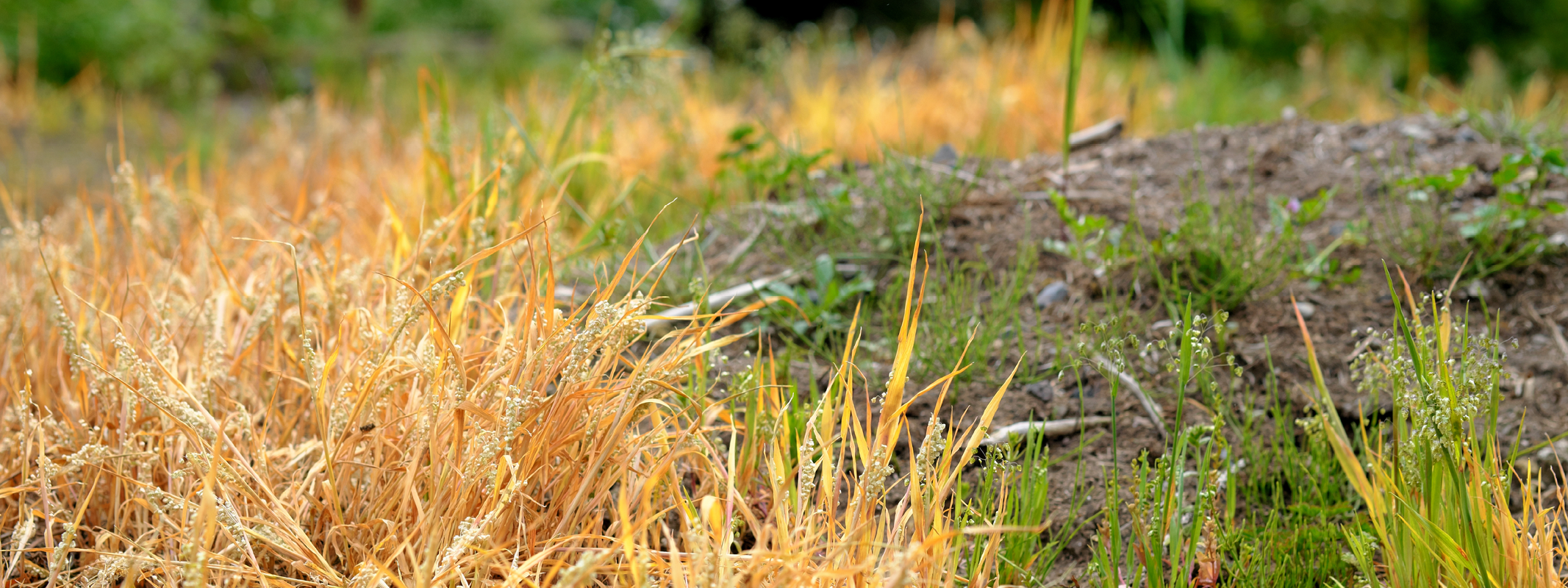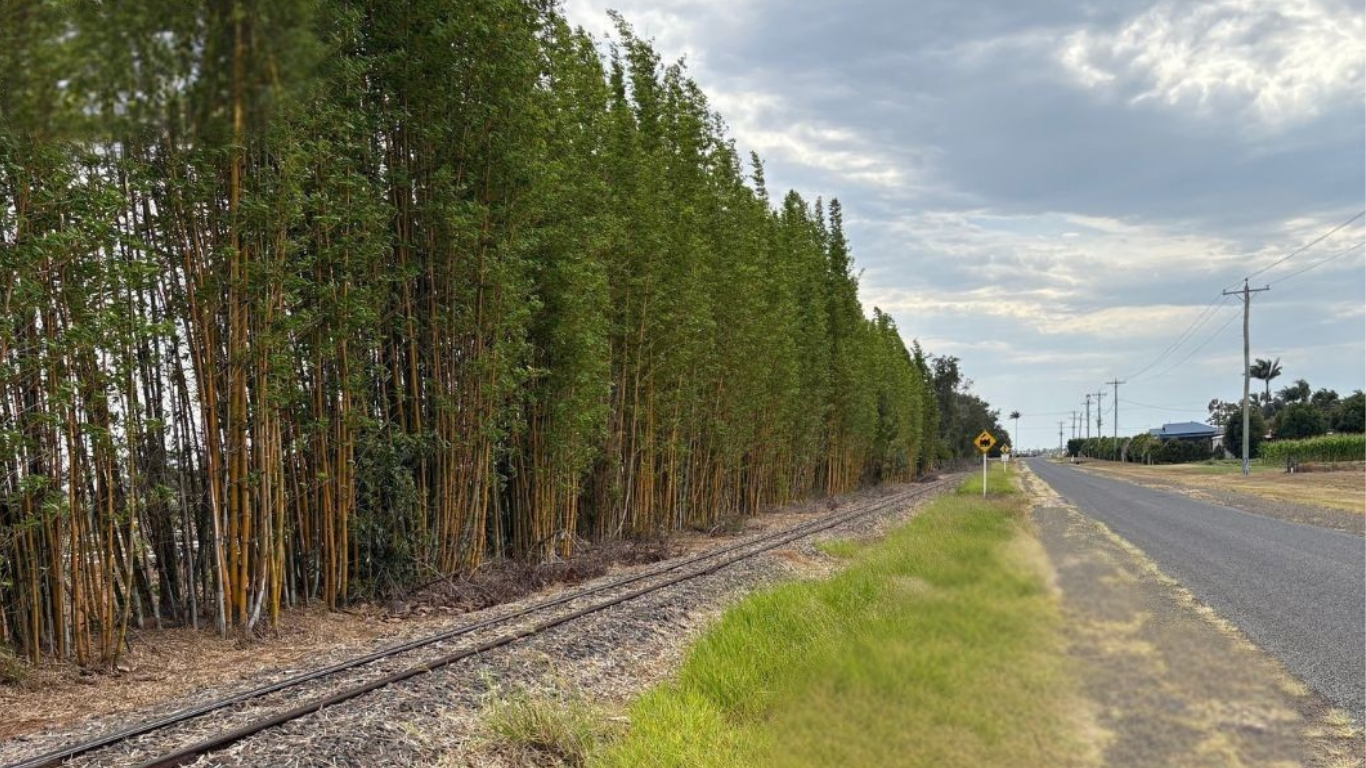
How Does a Plant Develop Herbicide Resistance?
There is an increasing concern about the rise of weeds that are resistant to herbicides in Australia and around the world. More species are becoming resistant to selective herbicides, non-selective herbicides and their active ingredients. We need to manage weed control solutions wisely to slow the occurrence of herbicide resistance.
What is Herbicide Resistance?
Herbicide resistance means a plant can survive coming in contact with a herbicide that would normally kill others of its kind. Plants can develop this evolutionary response over time and products at label rates can no longer control resistant populations.
After a herbicide application, the majority of the targeted species will die. In some cases a small percentage may survive because of genetic variations in the plant. These resistant plants live through the application and reproduce thereby passing on the genetic traits to the next generation.
The surviving plants gradually become more predominant as their control with the use of the same herbicides becomes ineffective. When you repeatedly apply the same herbicides, the proportion of herbicide resistant plants will increase. This is because there is no control of the survivors.
Resistance or Tolerance?
Do not confuse herbicide resistance with herbicide tolerance. Herbicide tolerance is a species' natural ability to survive a herbicide application. There is no genetic manipulation or selection to provide its tolerance. It just physically withstands the herbicide.
Target and Non-Target Site Resistance
There are several different ways by which plants can develop herbicide resistance. These mechanisms are most frequently classified as target site resistance and non-target site resistance.
Target site resistance
Occurs when genetic modifications take place within the intended target site of the herbicide. This makes the plant less vulnerable to the herbicide's mode of action. Target sites include enzymes or proteins within the plant's cells. When the herbicide is unable to bind effectively to its target there is reduced capacity for it to control the weed.
Non-Target site resistance
Also known as metabolic resistance, arises when the plant undergoes adaptations in its metabolic pathways. This can allow it to more efficiently detoxify or break down the herbicide, thereby diminishing its efficacy. This adaptation may involve the heightened production of enzymes responsible for metabolising the herbicide or modifications to pre-existing enzymes.
Reduced herbicide uptake or translocation occurs when the plant restricts the absorption or movement of the herbicide within its tissues. When this happens, the herbicide's ability to reach its intended target site diminishes.
Cross-Resistance
There are also many species with the potential to became cross-resistant. This is when the plant is resistant to more than one herbicide or mode of action group. Cross-resistance can occur even if they have had no previous exposure to the chemical.
Multiple resistant plants can have more than one resistance mechanism that allows them to survive applications across herbicide groups. Both target site and non-target site methods can provide the resistance.
Strategies for Prevention
There are currently over 25 different species with populations in Australia that are resistant to at least one herbicide group. We expect this number to rise.
The development of herbicide resistance to Australian weed control products presents substantial obstacles in the fields of agriculture and land management. It diminishes the effectiveness of herbicides and amplifies the expenses associated with weed control.
To address herbicide resistance, land managers will have to adopt integrated weed management strategies. These strategies include crop rotation, herbicide rotation, diverse weed control methods, and sound agronomic practices. These approaches aim to minimise resistant weed populations and impede the progression of herbicide resistance.
Together, we can manage herbicide resistance and secure a prosperous industry for future generations.
For additional information on Glyphosate Herbicide Resistance and how to manage it, please refer to the following article.
Additional content
VIEW GWS' ADDITIONAL CONTENT TO LEARN MORE ABOUT THE WEED INDUSTRY

Australia’s approach to wildlife and pest management is increasingly complex. What was once framed as a largely technical or ecological challenge now sits firmly at the intersection of environmenta...
Read more
Smarter growth management with Padre 270 for linear infrastructure and managed vegetation zones
As Australia’s linear-infrastructure networks expand, there is increasing need for low-impact, reliable and cost-effective vegetation management strategies. Padre 270 provides a practical, research...
Read more
Leucaena leucocephala: Weed Hygiene Case Study
Australia’s transport corridors are not just conduits for commerce—they are vectors for biological change. Leucaena leucocephala, valued as a forage crop, also threatens to invade new environments ...
Read more
